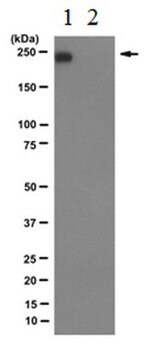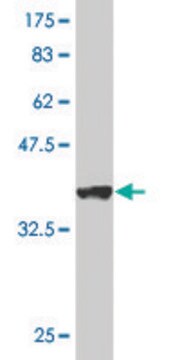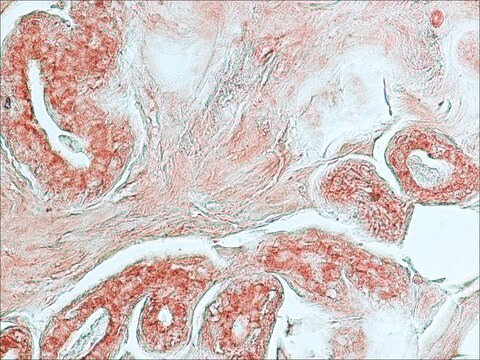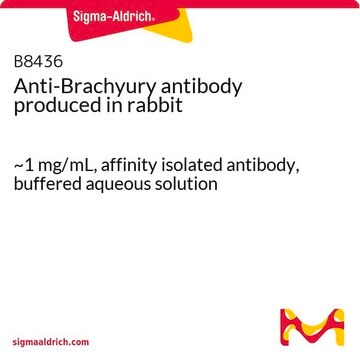04-1570
Anti-RNA polymerase II subunit B1 (phospho-CTD Ser-7) Antibody, clone 4E12
clone 4E12, from rat
Sinónimos:
DNA-directed RNA polymerase II A, DNA-directed RNA polymerase II largest subunit, RNA polymerase II 220 kd subunit, DNA-directed RNA polymerase II subunit A, DNA-directed RNA polymerase III largest subunit, RNA polymerase II subunit B1, RNA-directed RNA
About This Item
Productos recomendados
origen biológico
rat
Nivel de calidad
forma del anticuerpo
purified immunoglobulin
tipo de anticuerpo
primary antibodies
clon
4E12, monoclonal
reactividad de especies
mouse
reactividad de especies (predicha por homología)
human (based on 100% sequence homology)
técnicas
ChIP: suitable
ELISA: suitable
western blot: suitable
isotipo
IgG1κ
Nº de acceso NCBI
Nº de acceso UniProt
Condiciones de envío
wet ice
modificación del objetivo postraduccional
phosphorylation (pSer7)
Información sobre el gen
human ... POLR2B(5431)
Categorías relacionadas
Descripción general
Especificidad
Inmunógeno
Aplicación
Epigenetics & Nuclear Function
Epigenetics & Nuclear Function
Transcription Factors
RNA Metabolism & Binding Proteins
Calidad
Western Blot Analysis: 0.25 µg/ml of this antibody detected RNA polymerase II CTD on 10 µg of γ-PPase untreated and treated NIH/3T3 cell lysates.
Descripción de destino
Forma física
Almacenamiento y estabilidad
Nota de análisis
γ-protein phosphatase (γ-Ppase) untreated and treated NIH/3T3 cell lysates
Otras notas
Cláusula de descargo de responsabilidad
¿No encuentra el producto adecuado?
Pruebe nuestro Herramienta de selección de productos.
Código de clase de almacenamiento
12 - Non Combustible Liquids
Clase de riesgo para el agua (WGK)
WGK 1
Punto de inflamabilidad (°F)
Not applicable
Punto de inflamabilidad (°C)
Not applicable
Certificados de análisis (COA)
Busque Certificados de análisis (COA) introduciendo el número de lote del producto. Los números de lote se encuentran en la etiqueta del producto después de las palabras «Lot» o «Batch»
¿Ya tiene este producto?
Encuentre la documentación para los productos que ha comprado recientemente en la Biblioteca de documentos.
Nuestro equipo de científicos tiene experiencia en todas las áreas de investigación: Ciencias de la vida, Ciencia de los materiales, Síntesis química, Cromatografía, Analítica y muchas otras.
Póngase en contacto con el Servicio técnico







